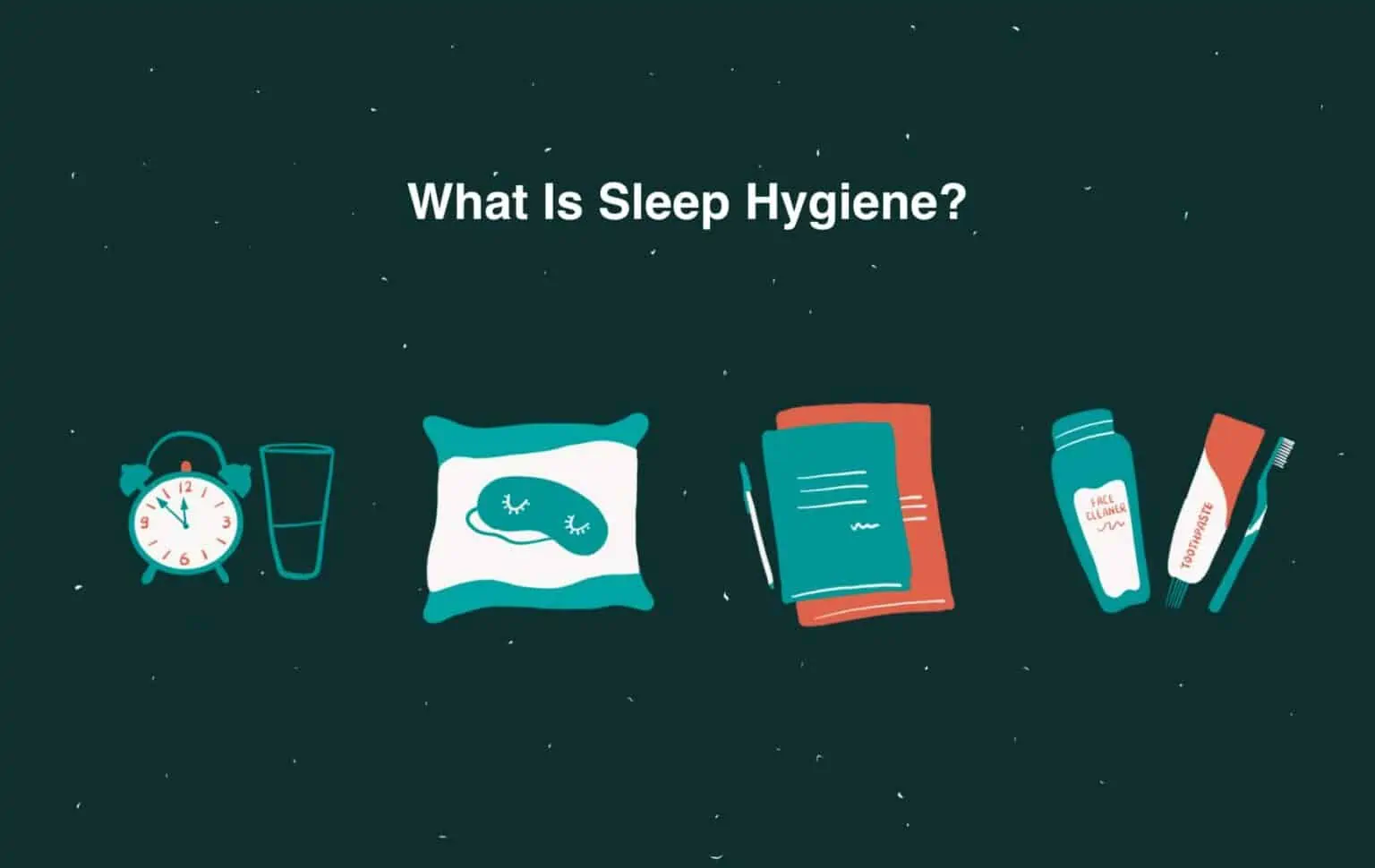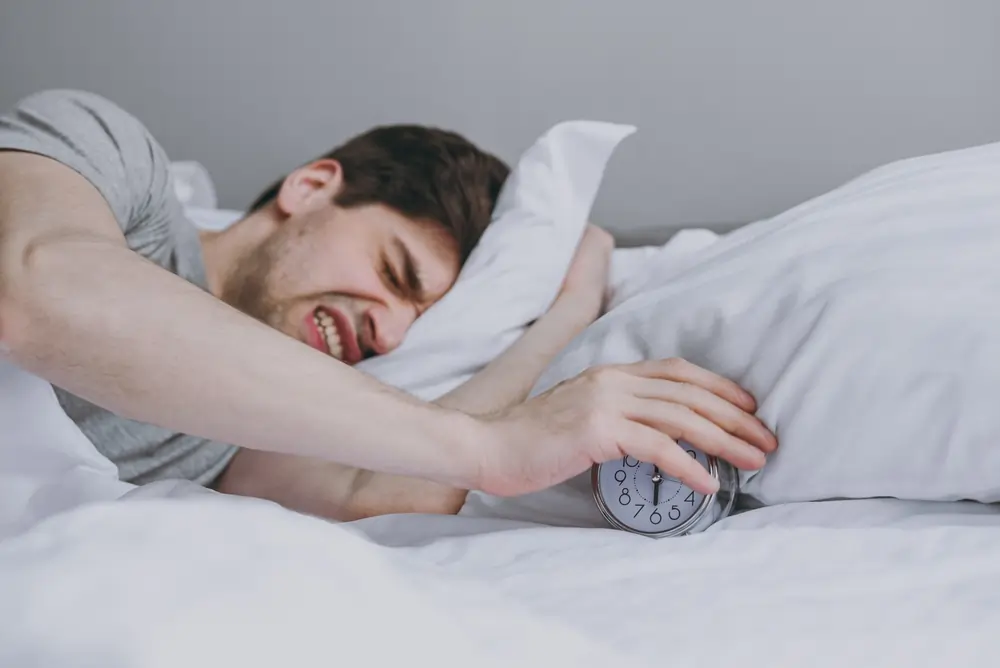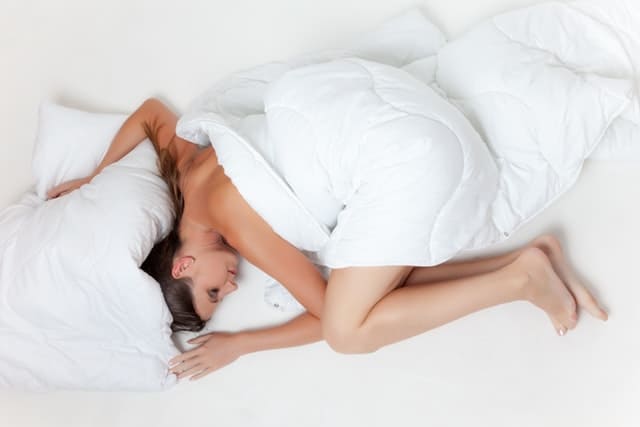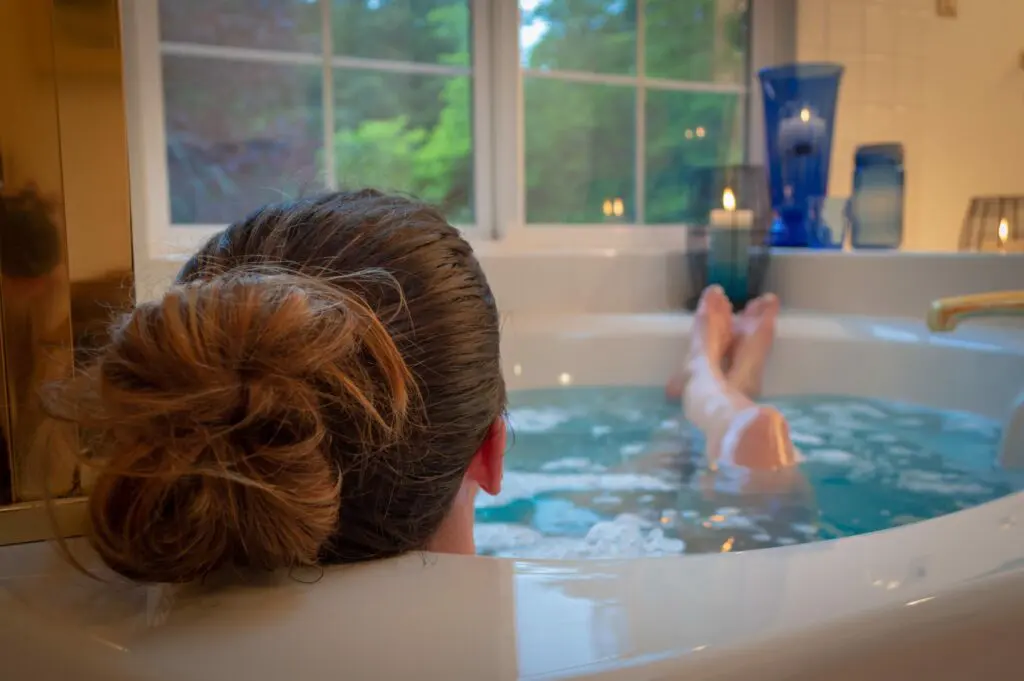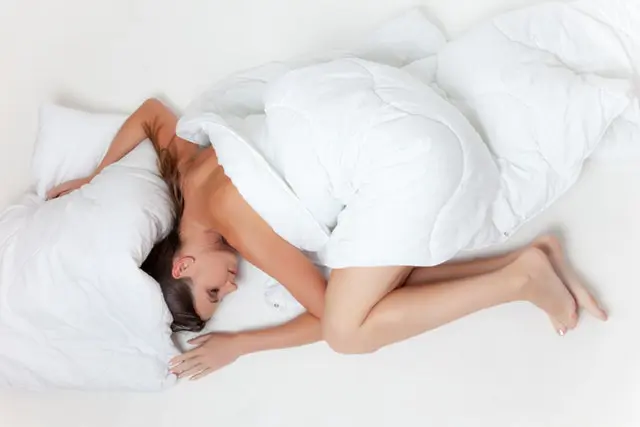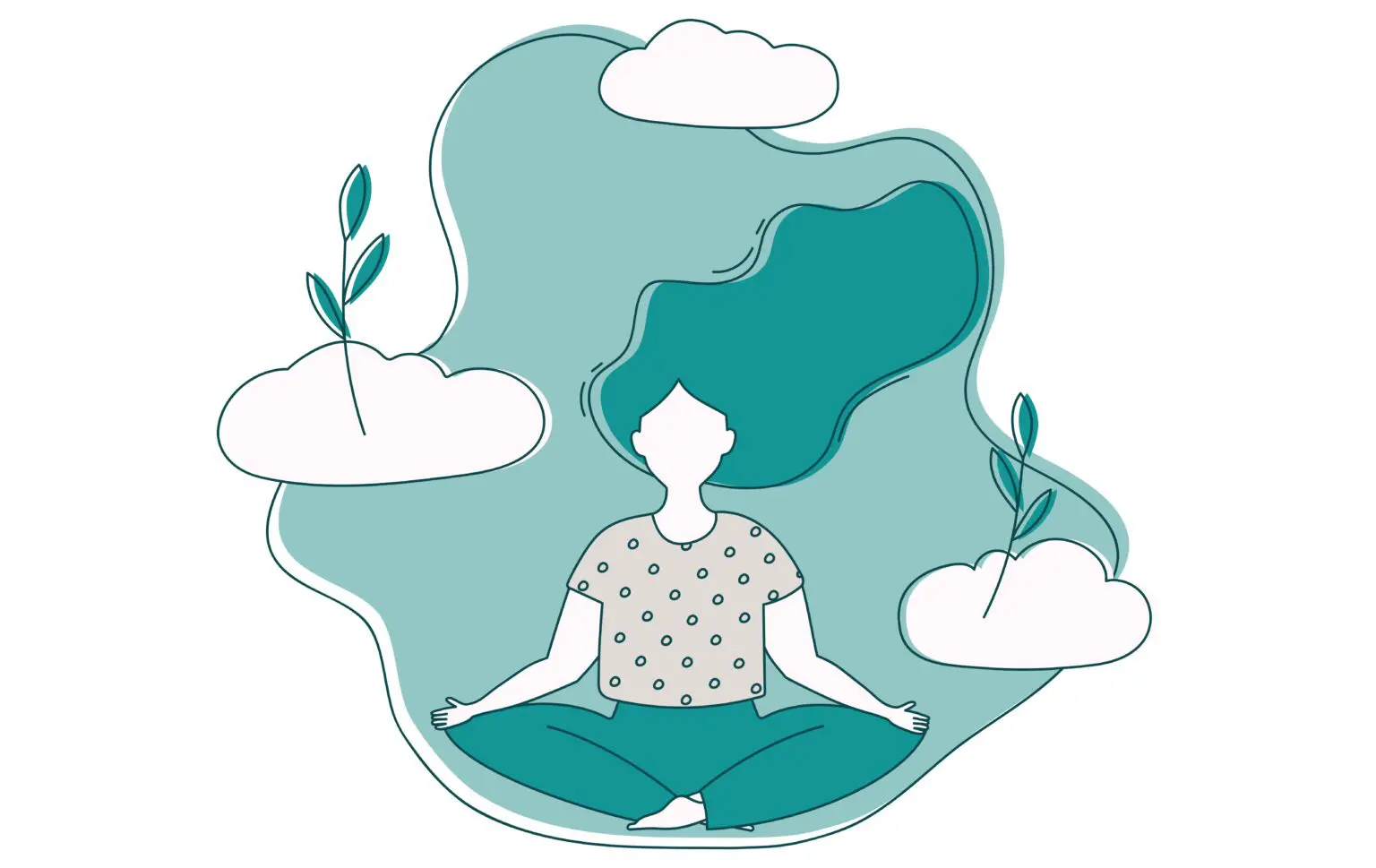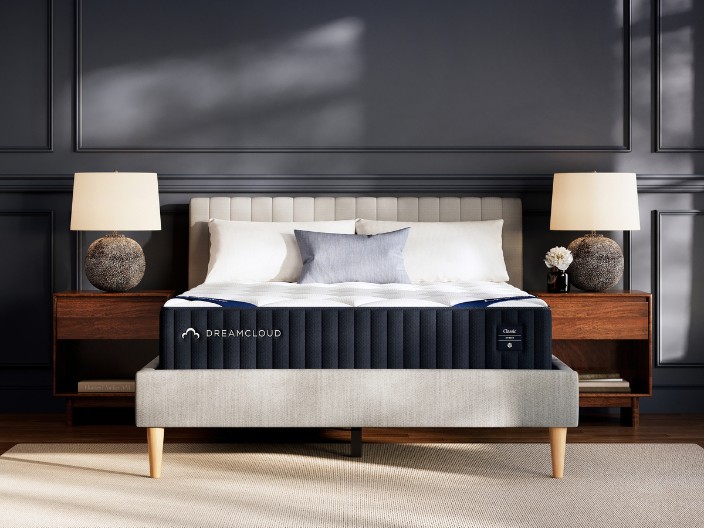Sleeping on the Floor: Benefits and Effects
Share
Fact checked
Reviewed by experts
Updated
December 24, 2022
Quick read
5 mins to read
List of Content
During the evolution of humans, people had no option but to sleep on the floor. Today, people have hundreds of options to choose from for a comfortable sleep. However, as per recent trends, many people choose to sleep on the floor for health benefits. This article will take you through the advantages, disadvantages, and best way to sleep on the floor. Let’s start with the pros and cons of sleeping on the floor.
Benefits of Sleeping on the Floor
The popularity of the health benefits of sleeping on the floor is unmatched. Not only the health benefits, but the affordability of sleeping on the floor compared to buying a mattress and another handful of bedding accessories is one of the most significant sleeping on the floor benefits.
Is Sleeping on the Floor Good for Your Back?
Most people start sleeping on the floor for back pain. Although there is no concrete evidence on how it helps reduce back pain, sleeping on a hard surface is good for back pain as it aligns the head, neck, and spine, which helps reduce back pain.
Although side sleepers may face issues as sleeping on the floor may increase their back pain. Side sleepers require additional cushioning to support their back under the hips and shoulders, further increasing back pain. Back and stomach sleepers enjoy lying on the floor as it improves spinal alignment and reduces back pain.
Does Sleeping on the Floor Help Sciatica?
Sciatica is a painful condition that flows through the sciatic nerve, connecting your lower back through your hips to the lower leg. Like back pain, you can improve sciatic pain by sleeping on firmer surfaces, and sleeping on the floor certainly helps. Resting on a soft mattress alleviates sciatic pain as it increases stress in joints.
Does It Help Posture?
Many floor sleepers find sleeping on the hard surface like the floor aligns their spine straight. It helps them get into a good posture. A proper posture decreases the chances of headaches, migraines, back pain, neck pain, joint pain, and scoliosis: improved lung capacity, high energy levels, and better mood are some additional benefits of sleeping in a good posture.
Keeps You Cool
It is pretty apparent, sleeping on the floor naturally reduces the body heat and makes you sleep a few degrees cooler. Sleeping in a hot room feels uncomfortable for most sleepers, and ideally, sleepers want to sleep in a space with a temperature of 60 to 67 degrees Fahrenheit. Still, you can sleep hot or cold by adjusting the room temperature based on your requirement.
Improves Your Blood Circulation
Sleeping on the floor distributes the weight of the sleeper evenly. It also exerts significantly less pressure on the hips, neck, back, and shoulders that uniforms the blood flow throughout the body. Improved blood circulation facilitates the proper supply of nutrients and oxygen throughout the body. Healthy blood circulation also improves the functionality of the heart, muscles, and lungs.
Disadvantages of Sleeping on the Floor
There might be enough reasons for sleepers to switch to sleeping on the floor, but there are many adverse effects.
It Can Increase Back Pain
Some floor sleepers have reported an increase in their back pain, although there is significantly less research on this topic. Most people shift from mattress to floor just because their mattress hurts their back. According to a study from Havard medical school, you can try a firm mattress, set plywood or box spring under the mattress, or sleep on a mattress on the floor to reduce back pain.
Can Feel Too Cold
If you are a hot sleeper, sleeping on the floor can be too challenging for you in chilly winters as the floor is freezing in winters. It may lead to a night of interrupted, restless sleep, with a fear of catching a cold in the winter.
Exposes You to Allergies
Unfortunately, the floor doesn’t have any protection layer like your mattress and collects dirt, dust mites, feces, and skin cells. Sleepers prone to allergic reactions and breathing issues may have a hard time sleeping on the floor. Floor sleepers with allergies have a high risk of experiencing running noses, itchy eyes, throat problems, coughing, and breathing issues.
Is Sleeping on the Floor Bad: Who Shouldn't Sleep on the Floor?
Sleeping on the floor may seem attractive, but that doesn’t mean you should discard your mattress and start sleeping on the ground.
- Cold sleepers: Sleepers with anemia, diabetes, or hyperthyroidism experience cold quite quickly. The floor is already very chilled, and floor sleeping increases the risk of running nose, coughing, and sickness.
- Sleepers with existing health conditions: People with existing health conditions such as arthritis or scoliosis may face pain in the joints and find it challenging to get off the floor.
- Sleepers with mobility issues: It may be challenging for people with limited mobility to lay on the floor and get off the floor while sleeping.
- Side sleepers: The floor’s hard surface leads to bad spinal alignment, stress, and tension in the lower back and the shoulders.
- Old age sleepers: As age increases, the immune system gets weaker, and the risks of developing specific health conditions are also very high. Floor sleeping brings the risks of getting sick for older people, and also it is very tough for older people to get on and off the floor.
Sleeping on the Floor While Pregnant
There is an evergreen debate on whether floor sleeping is good for pregnant women. A general consideration is that floor sleeping is safe for pregnant women. Sleeping on the floor is comfortable for many pregnant women. Moreover, it also helps pregnant women reduce back pain and improve blood circulation, which is essential during pregnancy.
However, one thing that can be troublesome is that pregnant women have to get down on the floor and get back up after sleeping. It can lead to a lot of discomfort for pregnant women.
How to Sleep on the Floor Properly
Sleeping on the floor may sound healthy and attractive, but shifting to a new sleeping setup may require your body to adjust, and hence you may need to take the proper steps before sleeping on the ground.
Find the Perfect Sleeping Spot
Before starting your new bed, decide on the sleeping spot which is calm, relaxed, and free from dirt, dust mites, feces, and skin cells.
Comfort Yourself
You can begin slowly with a thin pillow, thin sheets, a sleeping bag, a mat, or a soft blanket. It will adapt your body to the surface, and gradually, you can shift on the floor.
Get the Right Pillow
Pillow plays a significant role in getting you the proper comfort while sleeping. You cannot rest on an elevated pillow as it may induce stress in your neck. A thinner pillow will be comfortable as it may not strain your neck.
Have Patience
Adjusting to floor sleeping may take some time; you can begin sleeping for short periods of 1-2 hours and going back to your bed frame. Depending on the benefits and comfort, you can gradually increase this time before sleeping on the floor for the whole night.
The Final Word
Sleeping on a floor is significantly different compared to sleeping on a mattress. According to research, it takes several days to adjust to sleeping on the floor. We recommend testing sleeping on the floor by taking a short nap. You can also try different sleeping positions on the floor to check if you feel comfortable. If you don’t feel comfortable, you have the option of switching back to sleeping on the mattress.
Happy Sleeping!
FAQs
Japanese people have followed their tradition of sleeping on the floor from thousands of years ago. It helps them save space, is safer in natural disasters, and also helps reduce back pain.
Yes, most mattresses can be put on a floor easily. But, whether you should place your bed on the floor or not is entirely up to you depending on the mattress condition and manufacturer’s warranty.
Sleeping on the floor can improve your posture and lengthen your spine, which can increase your height.
Sleeping on the floor without a pillow can hold your head flat. It reduces stress on your neck and promotes better alignment. However, it also depends on your sleeping position; generally, side sleepers may face issues sleeping without a pillow on the floor.
This website does not offer medical advice nor professional medical services; rather, it is provided solely for educational, informational, and/or entertainment purposes. Individuals seeking medical advice should consult a licensed physician. The information provided should not be used for diagnosis or treatment of any condition, disease, or injury. When you have a medical condition, you should always talk to licensed doctor or other certified medical professional. You should never delay seeking professional medical advice or treatment based on the contents of this website. Call 911 or immediately go to the nearest emergency room if you think you may have a medical emergency. The contents of this website are provided “as-is”, Sleep Authority and its parent, subsidiaries, affiliates, employees, contributors disclaim any warranty of the information contained herein. Please contact using contact form to report any errors, omissions, misinformation, or abuse.
Sleep Authority is brought to you by Resident, the company that brings you Nectar, DreamCloud, Awara, Wovenly, Bundle, Home Well Designed and Level Sleep.


